The Complete Guide to Vaulted Ceilings
Discover the elegance of vaulted ceilings in new-build homes. Learn about types, benefits, and common questions for your new build.

Vaulted ceilings are an incredible feature found in many different types of homes, old and new. These stunning architectural features have evolved from their historical roots in grand cathedrals to a popular feature in newly-built homes of many styles. They create a sense of openness and elegance that elevates nearly any space in a home.
In this comprehensive guide, we’ll explore what vaulted ceilings are, the different types available, and how they can complement your home. We’ll also look at some pros and cons of vaulted ceilings and some frequently asked questions.
H2:What is a Vaulted Ceiling?
A vaulted ceiling is an elevated ceiling with a self-supporting arch above the walls of a room. This often creates an airy, dramatic effect in an interior space. Historically used in grand buildings like cathedrals, vaulted ceilings are now commonly found as a staple in high-end homes, offering a modern twist to a historical architectural element.
Types of Vaulted Ceilings
As they have evolved, different types of vaulted ceilings have emerged in newer home builds. Here are some of their common types.
1. Cathedral Ceiling
Characterized by two sloping ceilings that meet at a ridge in the center, cathedral ceilings create a symmetrical, triangular shape that adds height and grandeur to any room. This style is particularly popular in living rooms and master suites in newly built homes.
2. Barrel Vault Ceiling
A barrel vault ceiling features a continuous arch that forms a semi-cylindrical shape. This design adds a unique, classical touch to modern homes and works well in long, narrow spaces like hallways and corridors to help open them up.
3. Groin Vault Ceiling
Created by the intersection of two barrel vaults at right angles, groin vault ceilings add architectural complexity and intricate detail to any room. This design is perfect for entryways and large, open-plan living areas.
4. Cove Ceiling
Also known as a concave ceiling, a cove ceiling features a curved transition between the wall and ceiling. This smooth, elegant flow adds a unique touch of visual interest to a room and is well-suited for adding a cozy touch to bedrooms or living rooms.
5. Beamed Ceiling
Beamed ceilings are common in rooms with high ceilings and feature parallel beams that run along the ceiling in an equally spaced pattern. They add a touch of texture that helps make wide-open ceilings feel cozier and more detailed. Beamed ceilings are common in living rooms and bedrooms where a lot of open ceiling space is present.
How Vaulted Ceilings Complement Newly-Built Homes
1. Enhancing Natural Light
Vaulted ceilings allow for larger windows, skylights, and more open space in a room. This helps flood a room with natural light and open up the space, creating a warm and inviting atmosphere. Vaulted ceilings are common in living rooms and open-floorplan homes for this reason.
2. Creating a Sense of Space
By extending upwards, vaulted ceilings make rooms feel significantly larger and more open. This is particularly beneficial in newer homes where a sense of spaciousness is a common design trend.
3. Adding Architectural Interest
Vaulted ceilings add complexity to a home’s interior. The various shapes and styles can complement different design themes, from the more minimalist styles to the cozier ones, enhancing the character of your home.
4. Adding Detail
Vaulted ceilings can help add more detail to the otherwise blank space of a ceiling. Different textures, colors, and features can be included within them to help compliment the style of your home and add an extra touch to your ceiling.
Pros and Cons of Vaulted Ceilings
Pros
- Aesthetic Appeal: Vaulted ceilings add a sense of grandeur and elegance to any room.
- More Natural Light: Their higher ceilings allow for more light, larger windows, and even the addition of skylights.
- Enhanced Space: They create the illusion of a larger, more open room.
- Architectural Interest: Vaulted ceilings add a unique and dramatic feature to a room, elevating the design of your home.
Cons
- Energy Efficiency: Higher ceilings are more difficult to heat and cool and can lead to higher energy costs.
- Maintenance (In Some Cases): For some designs, occasional dusting may be needed and can be more challenging due to their height.
- Acoustics: Some types of vaulted ceilings can produce an echo, but this can be managed with proper design.
Frequently Asked Questions About Vaulted Ceilings
1. Are Vaulted Ceilings Energy Efficient?
Vaulted ceilings can incur slightly higher energy costs because of the increased space and ceiling height, making them harder to heat and cool. Proper insulation and energy-efficient windows are a great way to combat this and can manage the possible increased energy costs.
2. Can Vaulted Ceilings Be Added to an Existing Home?
In some cases, yes, but not all. A minimally invasive vaulted ceiling like a beamed or cove ceiling can usually be done with minimal renovation work required. Cathedral and groin vault ceilings, for example, are sometimes only possible depending on the shape of the roof above them and may not be a viable option for some homes.
3. Do Vaulted Ceilings Affect Resale Value?
Vaulted ceilings can increase the marketability of a home depending on current trends in the housing market. Different vaulting types are more popular than others, so you may consider that if you think you may want to sell your home in the future.
4. How Do You Maintain Vaulted Ceilings?
Some types of vaulted ceilings need occasional dusting to ensure they stay clean and in good shape. Any lights and skylights should also be dusted and kept clean.
5. What Lighting Options Work Best with Vaulted Ceilings?
Most vaulted ceilings work best with recessed lights like can lighting. In some cases, chandeliers and pendant lights are also unique lighting options.
Conclusion
Vaulted ceilings are a wonderful feature to incorporate into your custom-built home. They add an elegant, spacious touch to any room and are a great way to add detail to an otherwise blank ceiling. By understanding the types of vaulted ceilings and their pros and cons, you can work with your builder to determine the best option for you!
If you’re looking for a custom homebuilder in Oklahoma, look no further than Heim Custom Homes. We build fully custom homes all over the OKC metro and beyond, bringing dream homes to life. Take a look at our gallery to see some of our work and check out our available homes for some of our incredible pre-built homes. Contact us today to get started!
Read our Blogs
Learn more about homebuilding

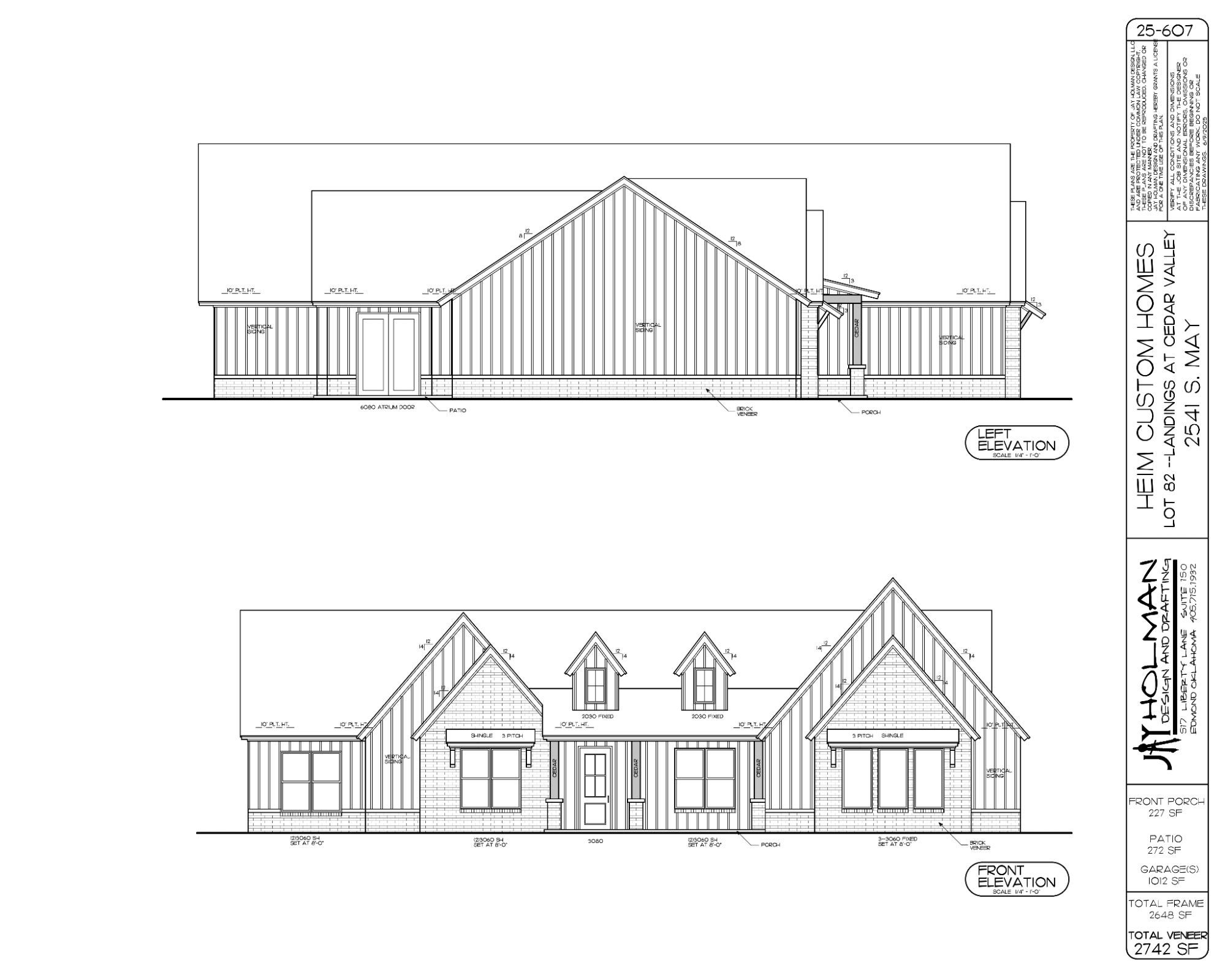

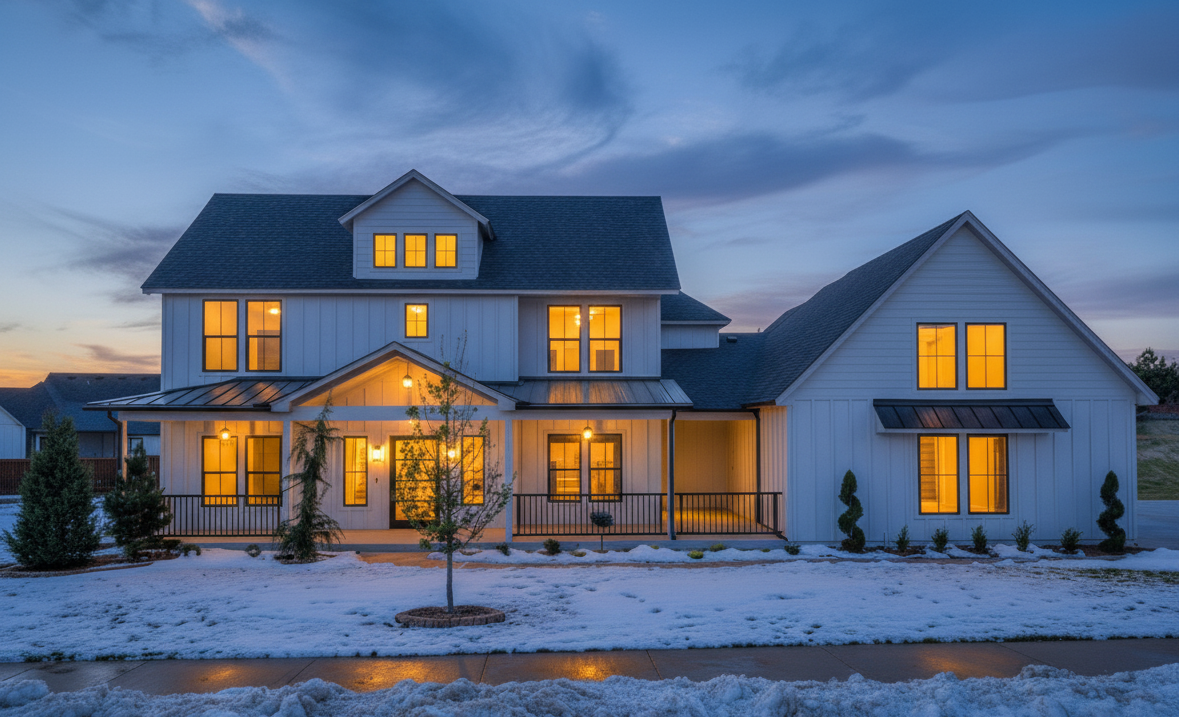

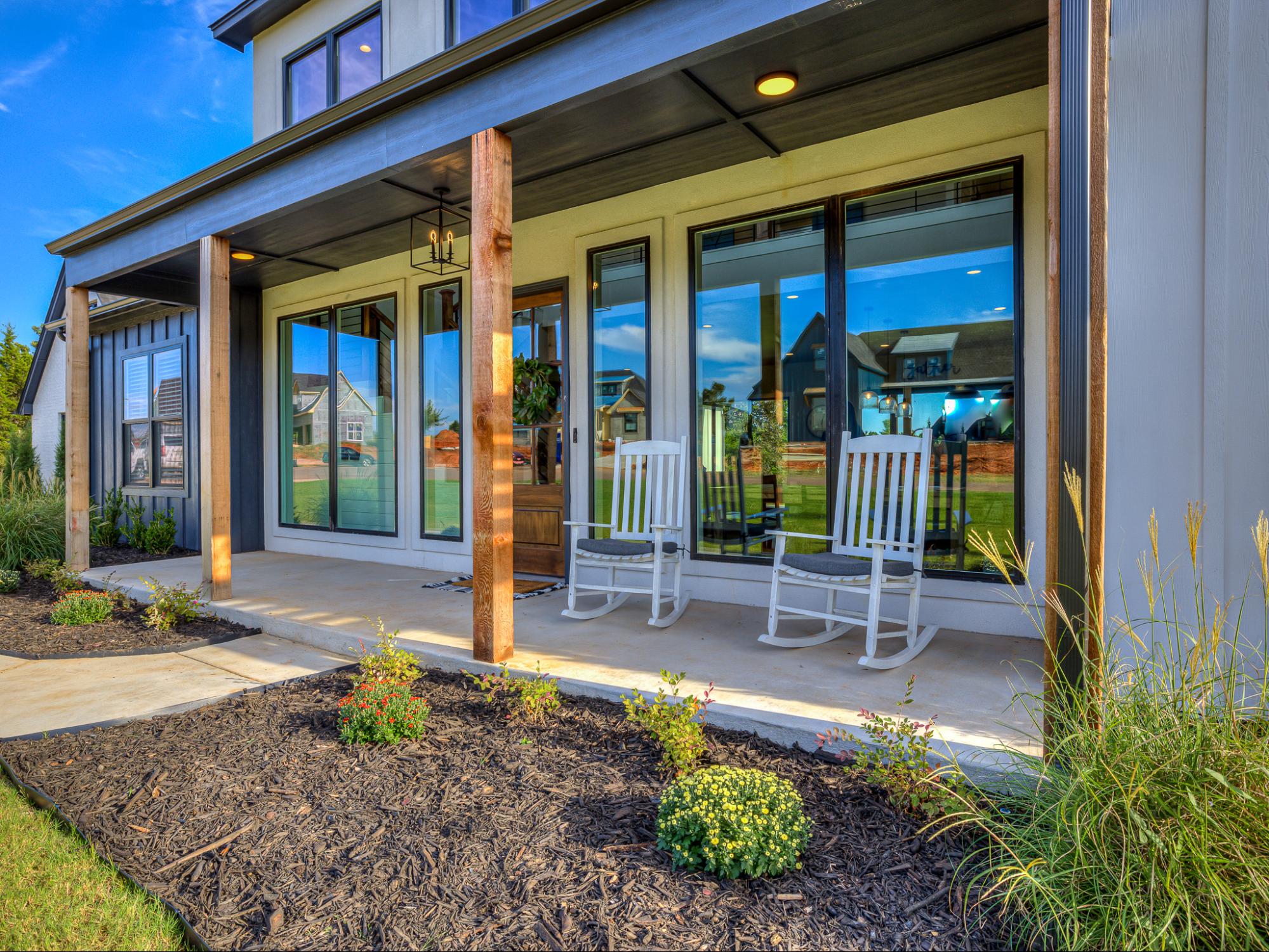
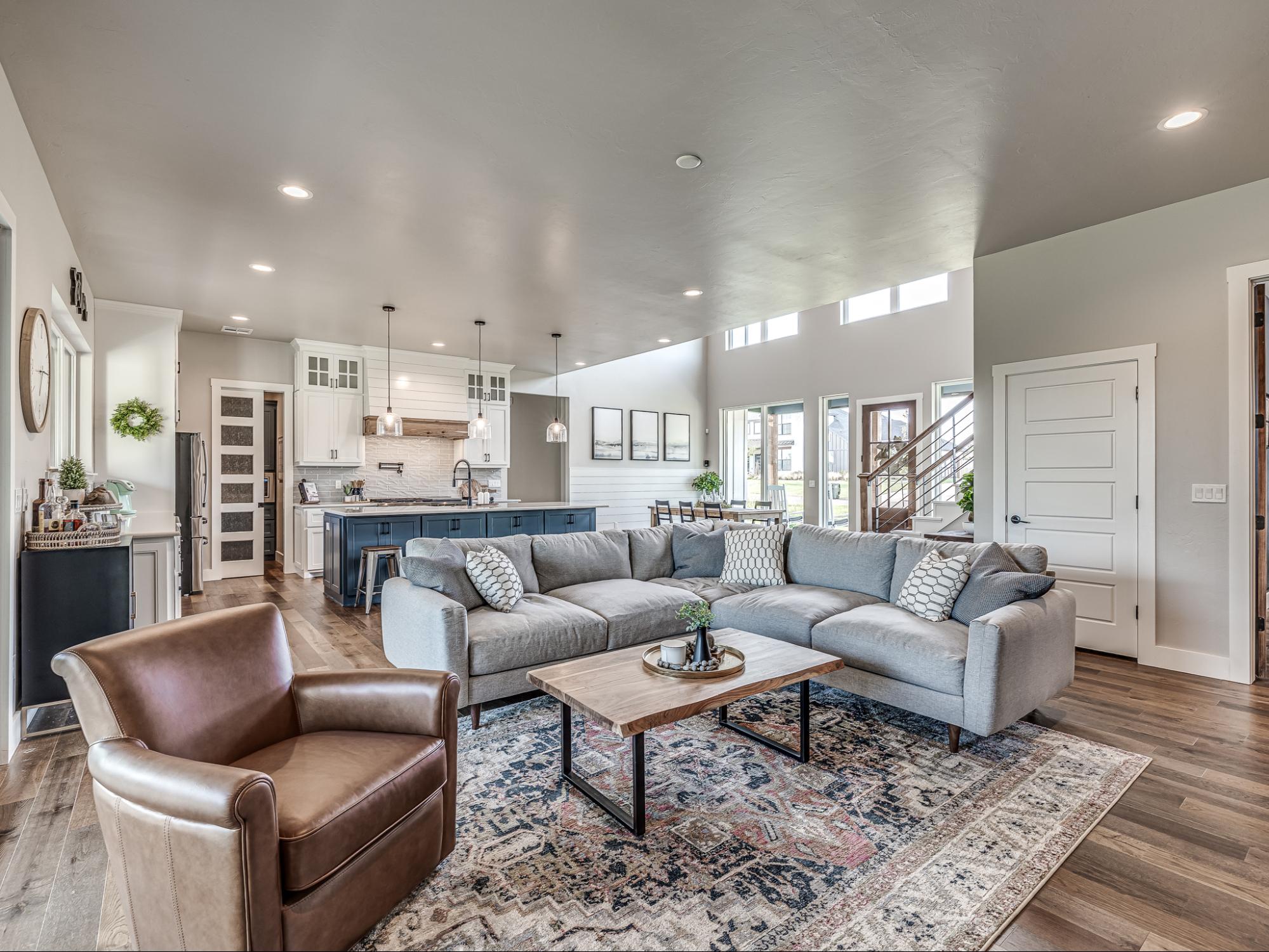
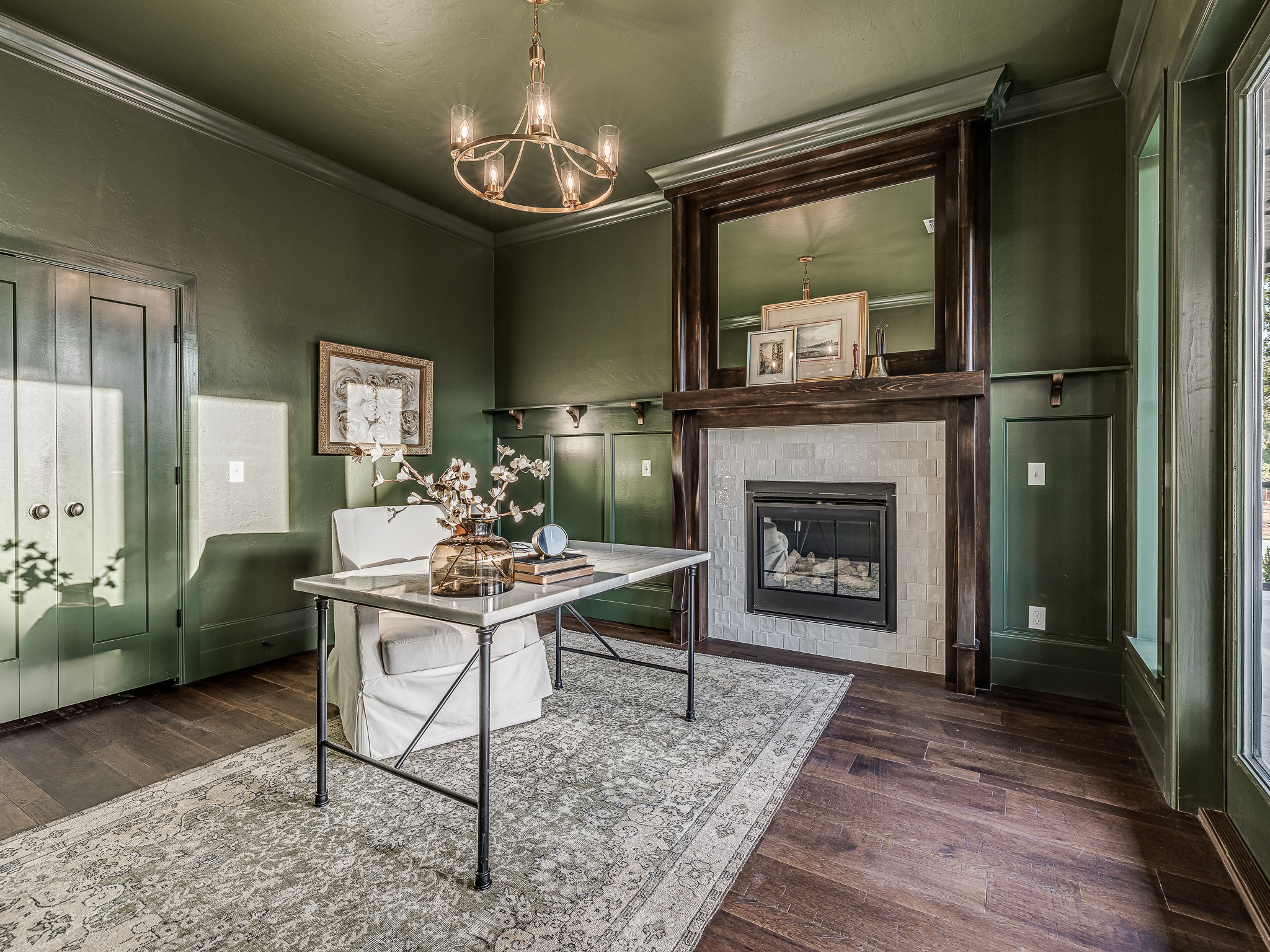
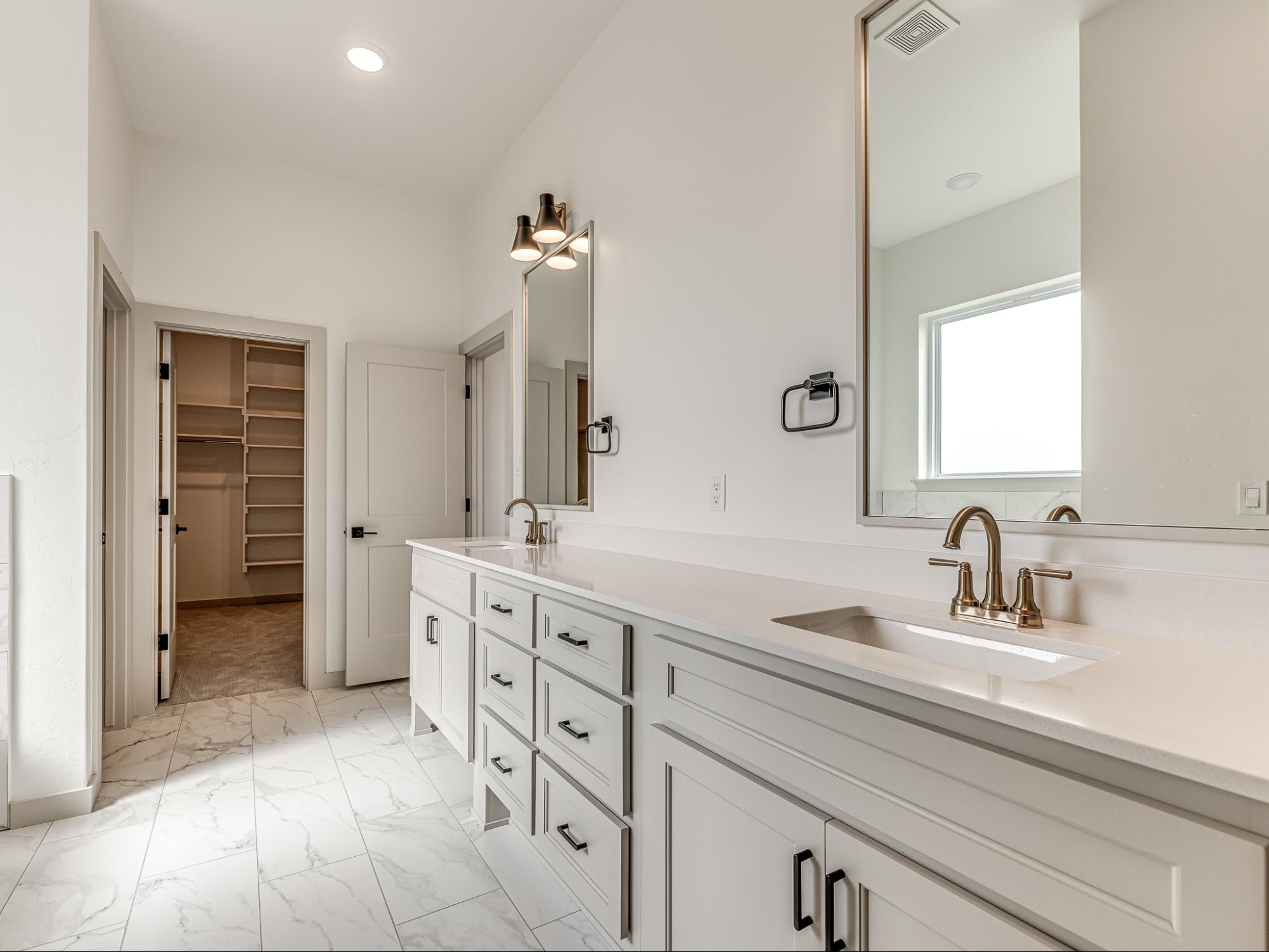

%20Large.jpeg)
































